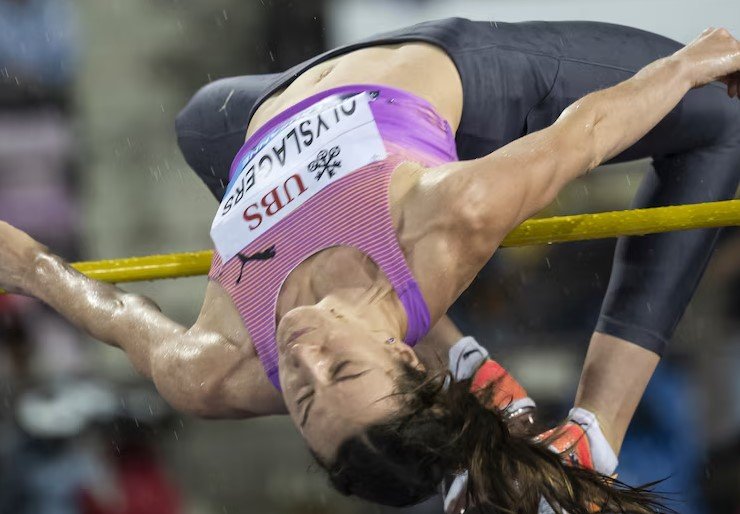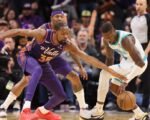Australia wrapped up the 2025 World Athletics Championships in Tokyo with four medals, including one gold, sparking optimism despite a lower tally than recent major events. High performance director Andrew Faichney praised emerging talents like teen sprinter Gout Gout and consistent performers, setting a positive tone for the Olympic cycle ahead.
Medal Haul and Key Highlights
Australia secured four medals at the championships, held from September 13 to 21 in Tokyo. This equals the nation’s second-best performance in world championships history, trailing only the six medals from Budapest in 2023.
Nicola Olyslagers claimed the sole gold in the women’s high jump, clearing 2.00 meters amid rain delays. Her victory marked a career milestone, building on her silver medals from the Tokyo and Paris Olympics.
Bronze medals went to Kurtis Marschall in men’s pole vault, Mackenzie Little in women’s javelin, and Jess Hull in the women’s 1500 meters. Hull also reached the 800 meters final, showing strong form.

These results came despite absences of key athletes like pole vault gold medalist Nina Kennedy, who sat out due to injury, and walker Jemima Montag, a double medalist in Paris.
Faichney noted the team’s depth, with veterans delivering while youngsters stepped up. He called the overall effort successful for the first year post-Paris Olympics.
Rising Stars Steal the Spotlight
Young athletes brought fresh energy to Australia’s campaign, fueling excitement for the future. At the forefront was 17-year-old Gout Gout, who made a stunning senior debut in the men’s 200 meters.
Gout advanced to the semifinals with a strong heat performance and finished competitively, earning praise from Faichney as brilliant under pressure. His emergence follows a breakout year, including a world-leading 20.05 seconds at the Queensland State Championships in March 2025.
Other promising performers included 23-year-old Ky Robinson, who placed fourth in the men’s 5000 meters, and sprinter Torrie Lewis, who set two personal bests during the meet.
Claudia Hollingsworth and Abbey Caldwell came close to the women’s 800 meters final, highlighting depth in middle-distance events.
Faichney emphasized these breakthroughs as signs of a robust talent pipeline, essential for the lead-up to the 2028 Los Angeles Olympics.
Challenges and Lessons Learned
Not every athlete met expectations, prompting reflection within the team. High jumper Eleanor Patterson, the 2022 world champion, finished outside the medals despite a solid effort.
National 800 meters record holder Peter Bol and 1500 meters runner Cameron Myers failed to advance from their heats. Long jumper Liam Adcock, ranked third globally, missed the final.
Relay teams faced setbacks, with two failed changeovers and one disqualification across six races. Faichney viewed this as part of building toward 2028, noting the program is in its early stages.
He pointed to the late-season timing as a potential factor, with Australia’s domestic calendar starting early compared to European competitors. The team plans to review competition structures to better manage fatigue.
Despite these hurdles, Faichney defended the performances, stressing the absence of three medalists from Paris contributed to the dip.
Comparing to Recent Successes
Australia’s track record at major meets provides context for Tokyo’s results. Here’s a quick look at medal counts:
| Event | Year | Gold | Silver | Bronze | Total |
|---|---|---|---|---|---|
| Paris Olympics | 2024 | 1 | 2 | 4 | 7 |
| Budapest Worlds | 2023 | 1 | 2 | 3 | 6 |
| Tokyo Worlds | 2025 | 1 | 0 | 3 | 4 |
The drop in totals reflects injuries and absences, but the gold from Olyslagers matches the single golds from previous events. Kennedy’s pole vault wins anchored those earlier hauls.
Faichney remains upbeat, viewing Tokyo as a foundation. He compared it to post-Olympic cycles, where rebuilding often yields long-term gains.
This performance aligns with broader trends in athletics, where nations like the United States dominated relays, and stars like Sydney McLaughlin-Levrone set records.
Looking Ahead to Future Glory
With the championships behind them, Australia’s focus shifts to upcoming events. The team eyes the 2026 Commonwealth Games and 2027 World Championships as stepping stones.
Faichney highlighted the need to nurture young talents like Gout, whose speed could challenge global sprint elites. Investments in coaching and recovery aim to address late-season challenges.
Optimism stems from a mix of experience and youth, positioning Australia well in the sport’s evolving landscape.
Key areas for improvement include:
- Relay baton exchanges to boost team events.
- Scheduling adjustments for peak performance.
- Injury management for stars like Kennedy.
These steps could propel Australia toward more medals in Los Angeles 2028.
What do you think of Australia’s performance? Share your thoughts in the comments and spread the word to fellow athletics fans.








